Weathering Wood: The Technique Revealed
Welcome to the fascinating world of weathering wood! If you've ever admired beautifully aged timber, you might be wondering how to achieve that stunning, rustic look in your own woodworking projects. Weathering wood isn't just a simple process; it's an art form that combines both science and creativity. In this article, we'll explore the various techniques, benefits, and applications of weathering wood, revealing how you can transform plain lumber into a piece that tells a story.
So, what exactly is weathering? In the simplest terms, weathering refers to the natural aging process of wood over time, influenced by environmental factors such as sunlight, moisture, and temperature fluctuations. Imagine a piece of wood left outside, exposed to the elements—over time, it will fade, crack, and develop a unique character. This transformation is not merely cosmetic; it alters the wood's texture and color, giving it a rich, layered appearance that many find desirable.
Various environmental factors contribute to this weathering process:
- Sunlight: Ultraviolet rays can bleach wood, causing it to lose its original color.
- Moisture: Rain and humidity can lead to swelling and shrinkage, resulting in cracks and splits.
- Temperature: Extreme temperature changes can exacerbate these effects, accelerating the aging process.
The visual effects of weathered wood can be stunning! You might notice a silvery patina developing or deep grooves forming as the wood fibers break down. This unique look is what many woodworkers aim to replicate through various techniques, allowing them to create pieces that have the appearance of being lovingly aged over decades.
Now that we understand what weathering is, let’s dive into the exciting world of techniques for artificially aging wood. There are several popular methods that can help you achieve that coveted weathered look. Whether you're looking for a quick fix or a more involved process, there's a technique for you.
Chemical treatments are among the most effective ways to accelerate the weathering process. By using specific chemicals, you can mimic the effects of natural aging in a fraction of the time. Common chemicals used include vinegar, hydrogen peroxide, and various commercial wood aging solutions. When applying these treatments, it's essential to follow safety guidelines, such as wearing gloves and working in a well-ventilated area.
One of the most intriguing methods of wood weathering is through oxidation. This process involves exposing wood to air and moisture, which leads to a chemical reaction that changes the wood's color and texture. Over time, this can create a beautiful, rich appearance that is both unique and visually appealing. The oxidation process can be enhanced by using specific solutions that promote rusting or patina effects.
Stains and dyes are fantastic tools for enhancing the weathered look of wood. They can add depth and richness to the surface, making it appear more aged and textured. When choosing products, look for those specifically designed for outdoor use, as they tend to be more durable and resistant to fading. Applying a stain can be as simple as using a brush or cloth to apply it evenly across the surface, ensuring you follow the manufacturer's instructions for the best results.
In addition to chemical methods, physical techniques can also create a weathered effect. Techniques like sanding, wire brushing, and chipping can simulate the natural wear and tear that wood experiences over time. For example, using a wire brush can effectively remove the softer wood fibers, creating a textured surface that feels authentically aged. These methods not only enhance the visual appeal but also make the wood feel more tactile and inviting.
Weathering wood isn't just about aesthetics; it offers a range of benefits that can enhance both the beauty and functionality of your woodworking projects. From improving durability to adding character, weathered wood can elevate your designs to new heights.
One of the most significant advantages of weathered wood is its ability to add charm and character to any project. Whether it's a rustic dining table or a sleek modern bookshelf, a weathered finish can transform the piece into a focal point of the room. The unique patterns and colors that emerge through the weathering process create a visual narrative that draws the eye and sparks conversation.
Interestingly, weathering can also enhance the durability of wood. The aging process can help protect the wood from environmental damage, making it more resilient to the elements. This is particularly beneficial for outdoor applications, where exposure to moisture and UV rays can lead to rapid deterioration. By employing weathering techniques, you can extend the lifespan of your wood products and ensure they withstand the test of time.
The versatility of weathered wood spans across various industries, making it a popular choice for many applications. From furniture making to architectural features, the use of weathered wood can elevate both functionality and design.
In the world of furniture design, weathered wood has gained immense popularity. Artisans are increasingly incorporating weathered finishes into both modern and rustic styles, creating unique pieces that stand out. Imagine a beautifully crafted coffee table made from reclaimed barn wood, complete with a weathered finish that tells a story of its past life. This trend not only promotes sustainability but also adds a touch of history to contemporary spaces.
Weathered wood is also making waves in architecture, where it serves both aesthetic and functional purposes. Architects are utilizing weathered wood in exteriors, decking, and even interior design elements to create stunning visual contrasts. The natural beauty of weathered wood can complement modern materials, bridging the gap between nature and contemporary design.
Q: Can I weather wood myself?
A: Absolutely! With the right techniques and materials, you can achieve a weathered look at home.
Q: How long does the weathering process take?
A: It varies depending on the method used; chemical treatments can be quick, while natural weathering takes longer.
Q: Is weathered wood safe for indoor use?
A: Yes, as long as you use safe treatments and sealants, weathered wood can be a beautiful and safe addition to your home.
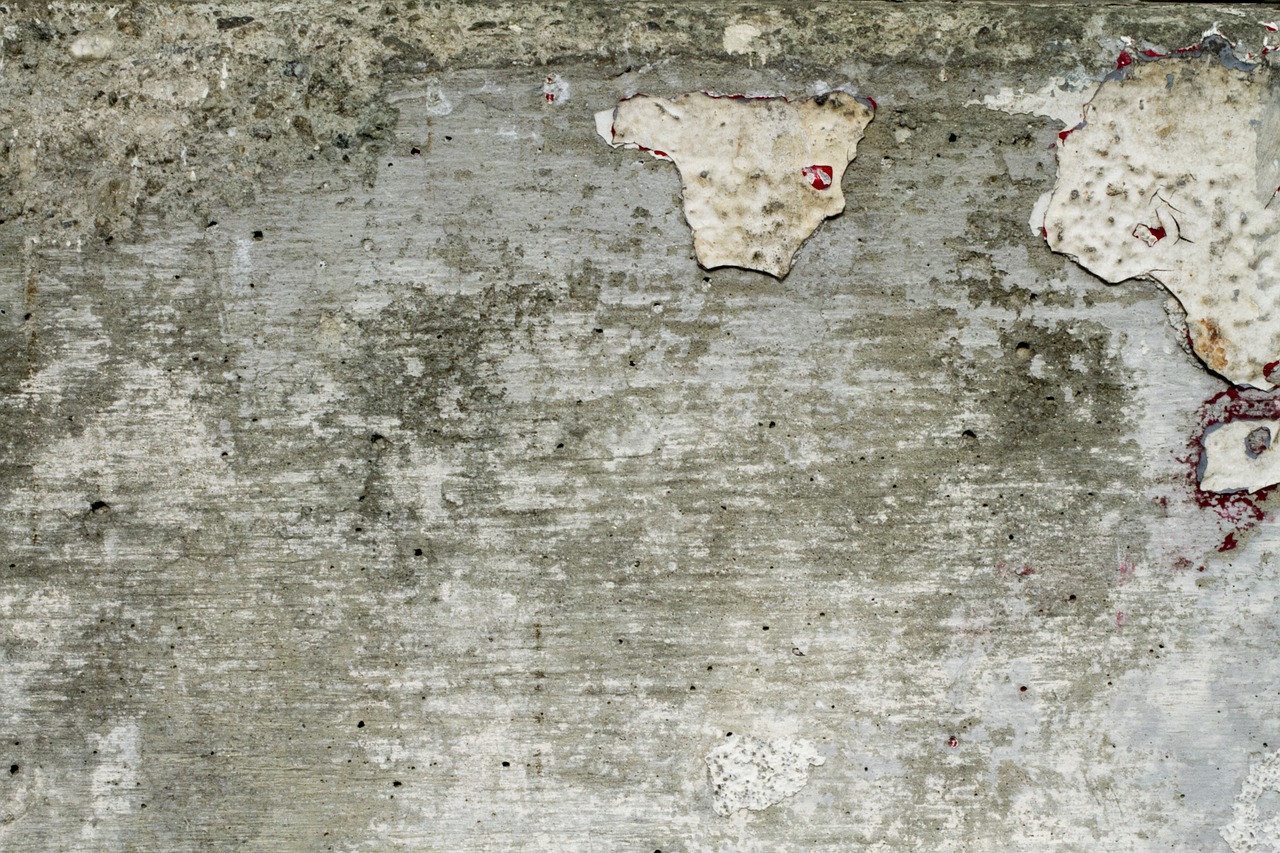
Understanding Weathering
Weathering is a fascinating process that transforms wood over time, giving it a unique character and charm. But what exactly does it mean for wood to weather? Essentially, weathering refers to the natural aging process that wood undergoes due to environmental factors. Think of it like the way a fine wine matures; with time and the right conditions, wood can develop a rich, textured appearance that tells a story of its journey through the elements.
Several environmental factors contribute to the weathering of wood, and understanding these can help you appreciate the beauty of aged wood. The primary factors include:
- Sunlight: UV rays from the sun can bleach wood, leading to a lighter color and a faded appearance.
- Moisture: Water exposure can cause wood to swell and shrink, leading to cracks and a rough texture.
- Temperature changes: Fluctuations in temperature can stress wood fibers, contributing to wear and tear.
- Wind: Wind carries particles that can sand down the surface of wood, enhancing its weathered look.
As these factors work together, they create a visual effect that can be both beautiful and complex. Over time, the wood may take on a silvery hue, with deep grooves and a rough surface that speaks to its history. This transformation is not just a surface-level change; it also affects the wood's internal structure, making it more porous and less dense. This can lead to increased susceptibility to pests and decay, but when done right, weathering can actually enhance the durability of wood in certain applications.
In woodworking, understanding the science behind weathering allows artisans to replicate these natural effects artificially. By manipulating environmental conditions or using specific techniques, you can achieve a weathered look that adds character to your projects without waiting for years of natural aging. So, whether you're a seasoned woodworker or just starting out, grasping the concept of weathering can open up a world of creative possibilities for your woodworking endeavors.
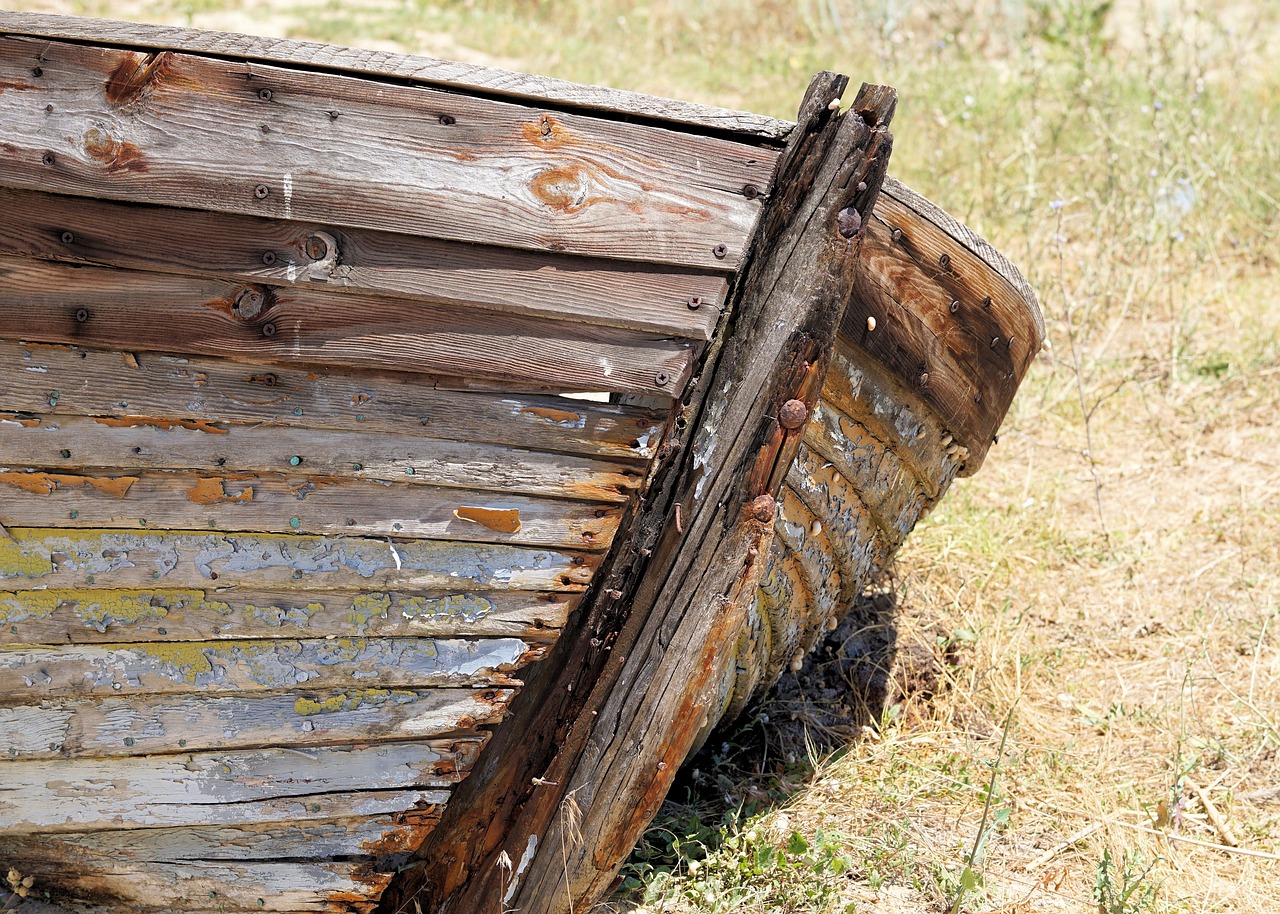
Techniques for Weathering Wood
When it comes to weathering wood, there are numerous techniques that can help you achieve that coveted, rustic look without waiting decades for nature to do its magic. Whether you're a woodworking enthusiast or a professional artisan, understanding these methods is crucial for enhancing your projects. From chemical treatments to physical abrasion, each technique offers a unique way to transform fresh, new wood into something that looks beautifully aged and full of character.
One of the most popular methods for weathering wood is through chemical treatments. This technique involves using substances that can speed up the aging process. Common chemicals include vinegar, steel wool, and tea, which react with the tannins in the wood to create a weathered effect. The application is relatively simple: soak steel wool in vinegar for a day, then apply the mixture to the wood. The result? A stunning, grayish hue that mimics the look of wood that has been exposed to the elements for years.
Another fascinating approach is the oxidation method. This technique relies on the natural oxidation process that wood undergoes when exposed to air and moisture. By artificially creating conditions that promote oxidation, you can achieve a rich patina on your wood. For instance, using a solution of baking soda and water can accelerate this process. Just remember to monitor the wood closely, as the oxidation can lead to varying degrees of color change, which adds to its unique charm.
Additionally, staining and dyeing can significantly enhance the weathered look of wood. Using stains that are specifically designed to mimic the appearance of aged wood can add depth and richness to your projects. For example, applying a dark walnut stain followed by a lighter topcoat can create a beautiful layered effect that resembles wood that has been weathered by the sun and rain. It's all about experimenting with different products until you find the perfect combination that suits your style.
Don't overlook physical weathering techniques, either. Methods like sanding, wire brushing, and chipping can simulate the natural wear and tear that wood experiences over time. Sanding can create a smooth, worn-down surface, while wire brushing adds texture and depth by removing the softer wood fibers. Chipping can be done with a chisel or a hammer to create intentional gouges and marks that speak to the wood's history. These techniques not only enhance the visual appeal but also invite touch, making your pieces more engaging.
In summary, the world of weathering wood is filled with exciting techniques that can take your woodworking projects to the next level. By combining chemical treatments, oxidation methods, staining, and physical weathering techniques, you can create a stunning array of finishes that evoke the beauty of nature. So, roll up your sleeves and get ready to experiment—your next masterpiece awaits!
- What is the best method for weathering wood?
There isn't a one-size-fits-all answer; it depends on the look you're trying to achieve. A combination of chemical treatments and physical techniques often yields the best results. - Are chemical treatments safe to use?
Yes, as long as you follow the manufacturer's instructions and use proper safety gear, such as gloves and masks, when handling chemicals. - Can I weather wood outdoors?
Absolutely! Many techniques can be applied outdoors, but ensure you have the right conditions for drying and curing.
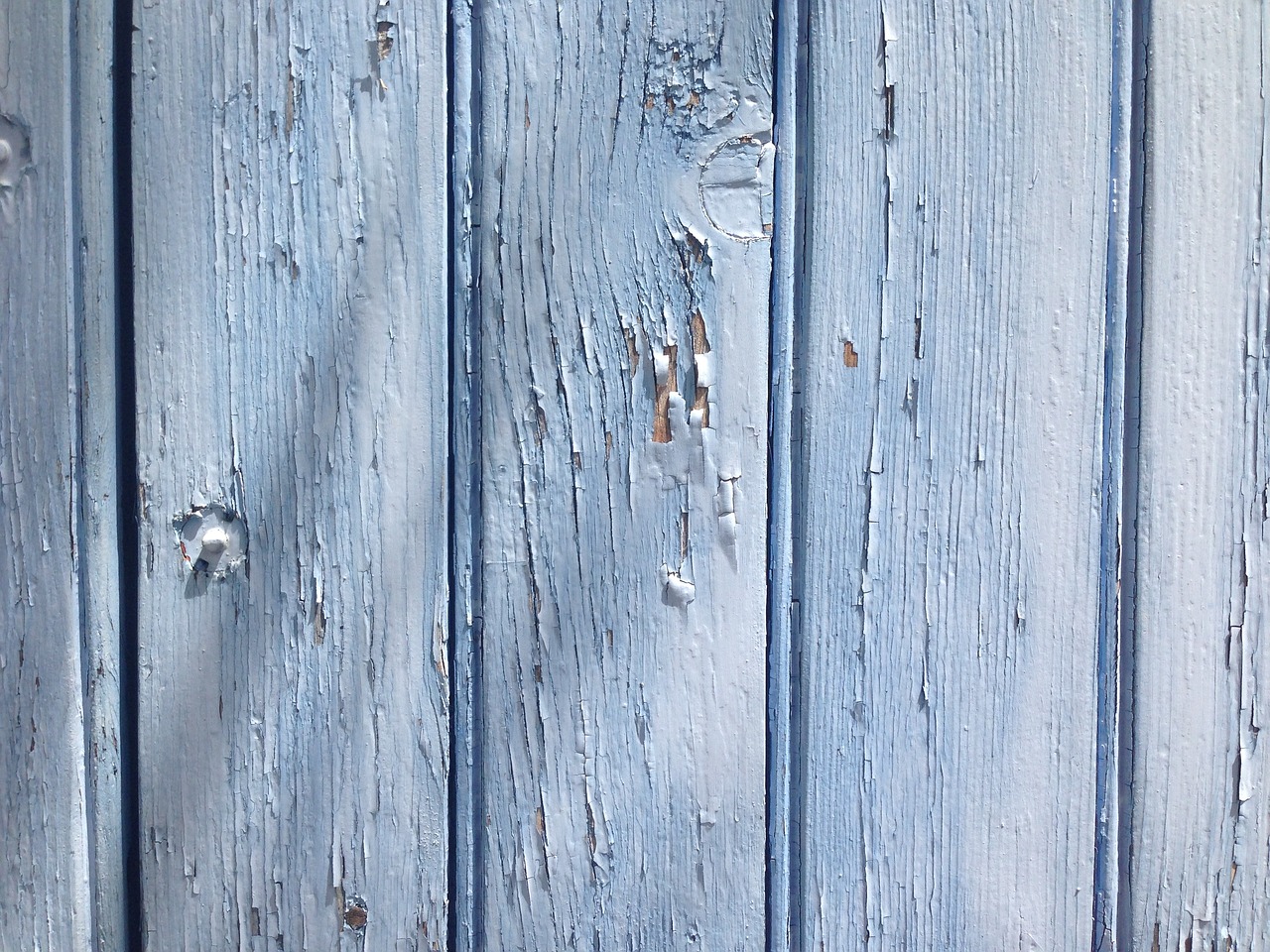
Chemical Treatments
Chemical treatments are a powerful way to accelerate the weathering process of wood, giving it that coveted aged look in a fraction of the time it would take nature to do the same. These treatments can mimic the effects of years of exposure to the elements, and the results can be quite stunning. But before you dive in, it's essential to understand the types of chemicals available, how to apply them safely, and what to expect from the process.
One of the most common chemical treatments involves the use of oxidizing agents. These substances work by breaking down the lignin in wood, which is the glue that holds the fibers together. As this lignin degrades, the wood begins to take on a grayish hue, often reminiscent of driftwood found along the shore. Some popular oxidizing agents include hydrogen peroxide and vinegar, which can be used in various combinations to achieve different shades of weathering.
Another popular method is the use of stains and dyes. These products not only enhance the color of the wood but also help to emphasize its grain patterns, making the finished piece look more authentic. When choosing a stain or dye, it's crucial to select one that is specifically designed for outdoor use if the wood will be exposed to the elements. This ensures that the color remains vibrant and does not fade over time.
When applying chemical treatments, safety should always be a priority. Always work in a well-ventilated area and wear appropriate protective gear, including gloves and masks, to avoid any harmful exposure. It’s also wise to conduct a spot test on a small, inconspicuous area of the wood before applying the treatment to the entire piece. This way, you can see how the wood reacts and make any necessary adjustments to your technique.
Here's a quick overview of some popular chemical treatments:
| Treatment Type | Purpose | Application Method |
|---|---|---|
| Oxidizing Agents | Accelerates natural aging | Brush or spray on the wood surface |
| Stains | Enhances color and grain | Apply with a cloth or brush |
| Dyes | Provides deep, rich colors | Mix with water or solvent and apply |
In conclusion, chemical treatments can be a game-changer in your quest to achieve that perfect weathered look. By understanding the different types of treatments available and applying them safely, you can transform your woodworking projects into stunning pieces that carry the charm of age and history.
- What is the best chemical treatment for weathering wood? The best treatment often depends on the desired outcome, but oxidizing agents like hydrogen peroxide are popular for achieving a grayish, aged look.
- How long does the weathering process take with chemical treatments? Chemical treatments can yield results within hours to days, compared to natural weathering, which can take years.
- Are there any safety precautions I should take? Yes, always use protective gear and work in a well-ventilated area when applying chemical treatments.
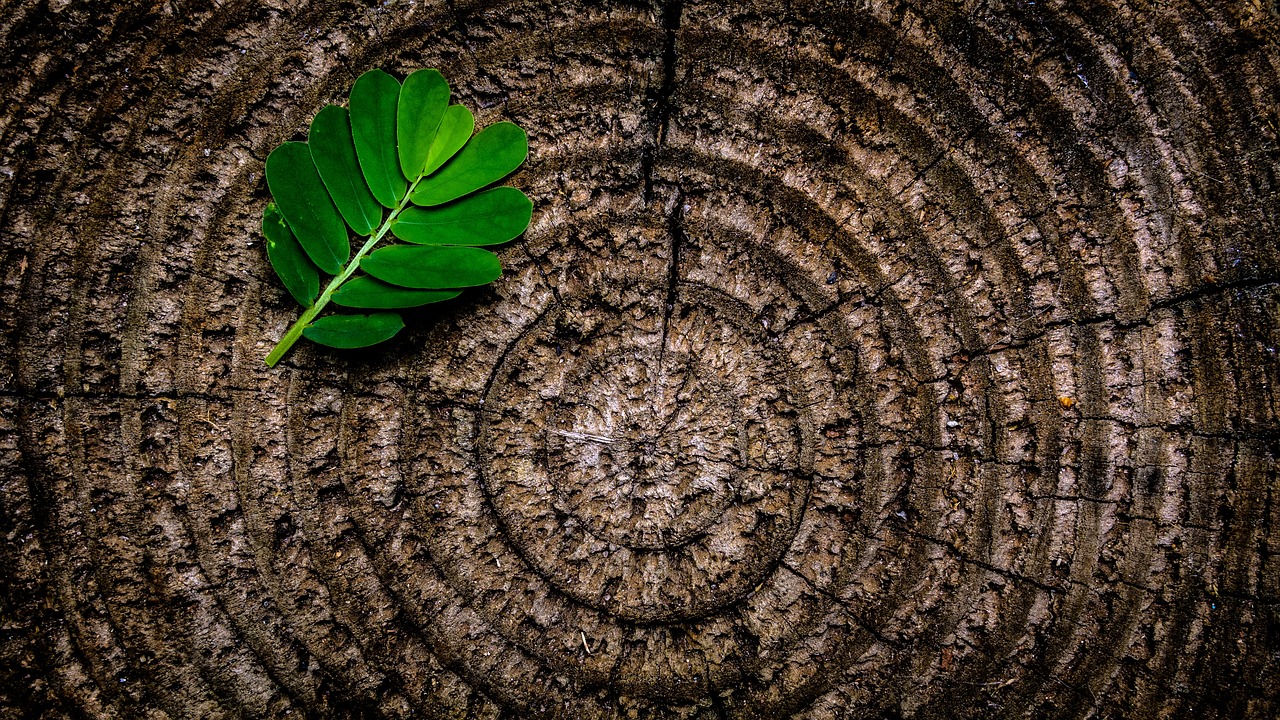
Oxidation Methods
When it comes to weathering wood, play a pivotal role in achieving that sought-after aged look. But what exactly is oxidation? In simple terms, it's a chemical reaction that occurs when wood is exposed to oxygen over time. This process can create a rich, varied color palette that mimics the natural aging of wood, making it appear more rustic and appealing. The beauty of oxidation is that it can be accelerated through various techniques, allowing woodworkers to achieve their desired aesthetic without having to wait years for nature to take its course.
One of the most common methods to induce oxidation is through the use of vinegar and steel wool. When steel wool is soaked in vinegar, it creates a solution that, when applied to wood, reacts with the tannins present in the wood fibers. This reaction not only darkens the wood but also enhances its grain, giving it a more pronounced texture. The result is a stunning, weathered appearance that can make even the most ordinary piece of wood look extraordinary.
Another effective oxidation method involves using hydrogen peroxide. This method is particularly useful for lighter woods, as it can lighten the wood while also promoting the oxidation process. By applying hydrogen peroxide to the surface and allowing it to sit for a specified period, you can achieve a beautifully bleached effect that still retains the character of the wood. Just remember to test this method on a small area first, as results can vary based on wood type.
But oxidation isn't just about applying chemicals; it can also be influenced by environmental factors. For instance, exposure to sunlight can significantly speed up the oxidation process. The UV rays from the sun break down the lignin in the wood, leading to a change in color and texture. This is why outdoor furniture often takes on a weathered look much quicker than indoor pieces. Additionally, moisture plays a crucial role; wood that is frequently exposed to rain or humidity will weather differently than wood that remains dry.
To effectively implement oxidation methods in your woodworking projects, consider the following table that summarizes the key techniques:
| Method | Materials Needed | Effects |
|---|---|---|
| Vinegar and Steel Wool | Vinegar, Steel Wool | Darkens wood, enhances grain |
| Hydrogen Peroxide | Hydrogen Peroxide | Lightens wood, promotes oxidation |
| Sun Exposure | None | Natural weathering, color change |
| Moisture Exposure | None | Accelerates weathering, texture change |
In conclusion, oxidation methods are a fascinating and effective way to artificially age wood, bringing out its natural beauty and character. Whether you choose to experiment with vinegar and steel wool or harness the power of sunlight, the results are sure to impress. Just remember to take your time, test on small areas, and enjoy the process of transforming your wood into something truly unique!
- What is the best method for weathering wood? The best method depends on the desired effect. Oxidation methods like vinegar and steel wool are popular for darkening wood, while hydrogen peroxide is great for lightening.
- How long does the oxidation process take? The oxidation process can vary; some methods can show results within hours, while others may take several days, depending on environmental conditions.
- Is it safe to use these chemicals indoors? Always ensure proper ventilation when using chemicals like vinegar and hydrogen peroxide indoors, and consider wearing gloves to protect your skin.
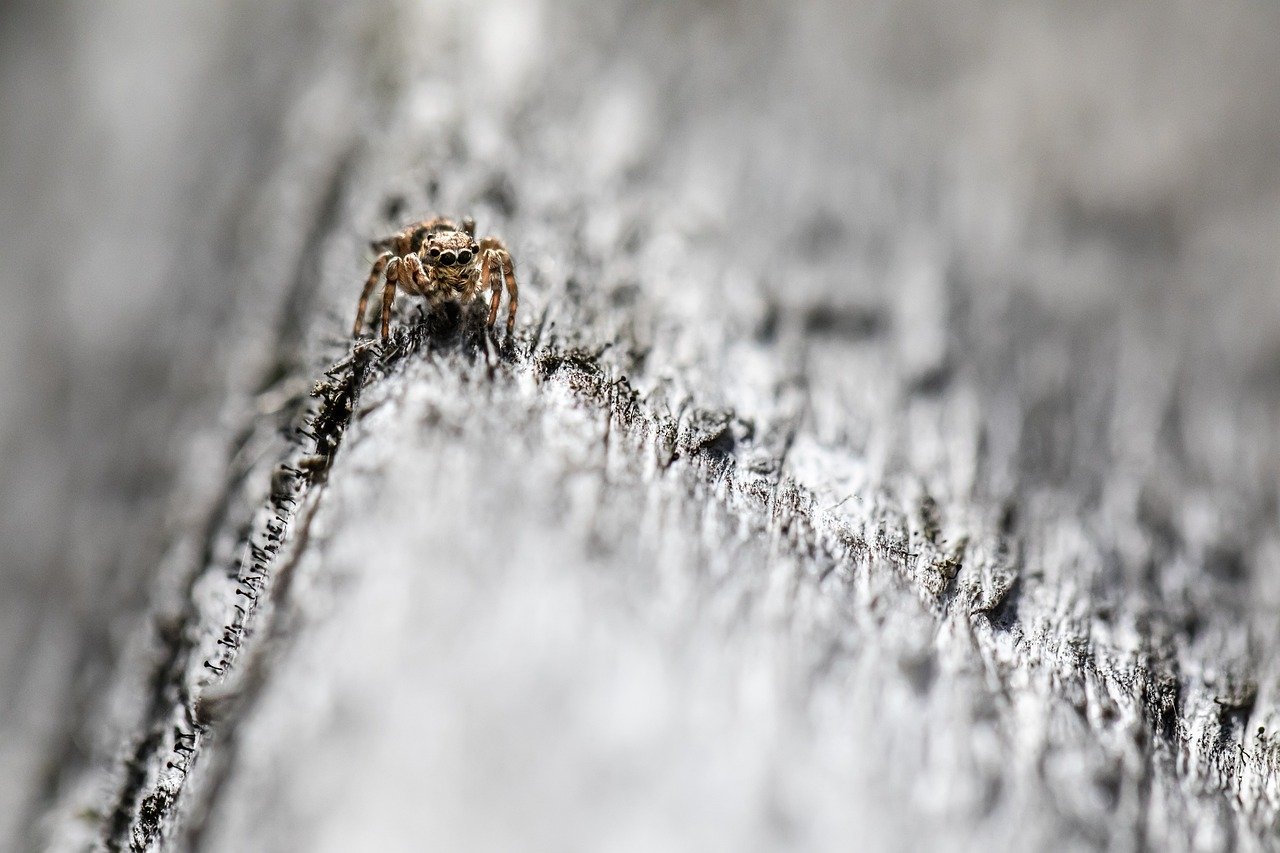
Staining and Dyes
When it comes to achieving that sought-after weathered look, are your best friends. These products don’t just cover the surface; they penetrate the wood, enhancing its natural grain and texture. Think of staining as giving your wood a rich, deep tan, while dyes can add a splash of color that mimics the hues of aged timber. But how do you choose the right products for your project?
First, it’s essential to understand the difference between stains and dyes. Stains are typically oil-based or water-based and are designed to add color while also providing some level of protection. On the other hand, dyes are more concentrated and can produce more vibrant colors, but they usually don’t offer the same protective qualities as stains. This means that if you’re looking to achieve a more rustic, aged appearance, you might want to consider using both in combination. The stain can provide a protective layer, while the dye can add the vibrant undertones that make the wood pop.
When applying these products, preparation is key. Start with a clean, sanded surface to ensure even absorption. Before you dive in, it’s a good idea to test your chosen stain or dye on a scrap piece of wood to see how it interacts with your specific type of wood. Different species absorb color differently, leading to varied results. For instance, oak tends to take on color beautifully, while pine can sometimes yield a blotchy finish if not prepped correctly.
Here’s a quick guide to some popular products:
| Product Type | Best For | Notes |
|---|---|---|
| Oil-Based Stains | Rich, deep colors | Longer drying time, strong odor |
| Water-Based Stains | Quick drying | Less odor, easier cleanup |
| Dyes | Vibrant colors | May require a topcoat for protection |
After applying your stain or dye, consider sealing your wood with a clear finish. This not only enhances the color but also protects it from scratches and environmental damage. You can choose from various sealants, including polyurethane, varnish, or even a natural oil finish, depending on the look you want to achieve.
In summary, using stains and dyes effectively can elevate your woodworking projects to a whole new level. With the right preparation and product selection, you can create a stunning, weathered appearance that adds character and depth to your pieces. So, are you ready to get started on your next masterpiece?
- What is the difference between stain and dye? Stains typically add color and provide some protection, while dyes are more concentrated and vibrant but usually require a topcoat for protection.
- How do I prevent blotching when staining? Use a pre-stain conditioner to help the wood absorb the stain evenly, especially on softwoods like pine.
- Can I mix stains and dyes? Yes! Combining them can create unique colors and enhance the overall appearance of your project.

Physical Weathering Techniques
When it comes to achieving that coveted, weathered look for wood, physical weathering techniques are like the secret sauce that can transform ordinary lumber into something extraordinary. Imagine walking through a forest and spotting a fallen tree, its surface pockmarked and worn by the elements. That's the essence of physical weathering: simulating the natural wear and tear that wood undergoes over time. These techniques not only enhance the aesthetic appeal of wood but also give it a unique character that can’t be replicated by simply applying a stain or finish.
One of the most popular methods is sanding. This technique involves using sandpaper or power sanders to wear down the surface of the wood, creating a smooth yet weathered appearance. You might think of it as giving the wood a gentle exfoliation, revealing the beautiful grain beneath while also softening sharp edges. The trick here is to use varying grits of sandpaper. Start with a coarser grit to remove any surface imperfections and then move to a finer grit for a polished finish. This layered approach not only creates depth but also mimics the natural erosion that wood experiences outdoors.
Another effective technique is wire brushing. This method employs a wire brush to scrub the wood, which effectively removes the softer wood fibers and leaves behind a textured surface. The result is a rustic, reclaimed look that speaks to the history of the material. Wire brushing is particularly effective on softer woods like pine, where you can really see the contrast in textures. It’s like giving the wood a new lease on life, revealing the stories it has to tell through its grain and texture.
Chipping is yet another method that can bring a dramatic flair to your woodworking projects. Using a chisel or a similar tool, you can create intentional gouges and chips in the wood surface. This technique not only gives the wood a distressed look but also adds a sense of authenticity, as if the wood has been naturally weathered by years of exposure to the elements. It’s a bold choice, perfect for those who want their projects to stand out and make a statement.
In addition to these techniques, combining them can yield even more striking results. For instance, you might start with sanding, follow up with wire brushing, and finish with some chipping to create a layered effect that looks genuinely aged. Each method contributes its own unique texture and character, resulting in a piece that is truly one-of-a-kind. Just remember, the key to successful physical weathering is to experiment and find the right balance that suits your project’s aesthetic.
As you explore these physical weathering techniques, it’s important to keep in mind the type of wood you’re working with and the desired end result. Different woods react differently to these methods, so take some time to test on scrap pieces before committing to your final project. This way, you can ensure that the weathered look you achieve aligns perfectly with your vision.
- What types of wood are best for weathering techniques? Generally, softer woods like pine and cedar respond well to physical weathering techniques, allowing for more pronounced textures.
- Can I combine physical weathering with chemical treatments? Absolutely! In fact, combining both methods can yield even more unique results, enhancing the overall appearance of your wood.
- How do I maintain the weathered look over time? Using a protective finish, such as a clear coat or wax, can help maintain the weathered appearance while also providing durability against the elements.
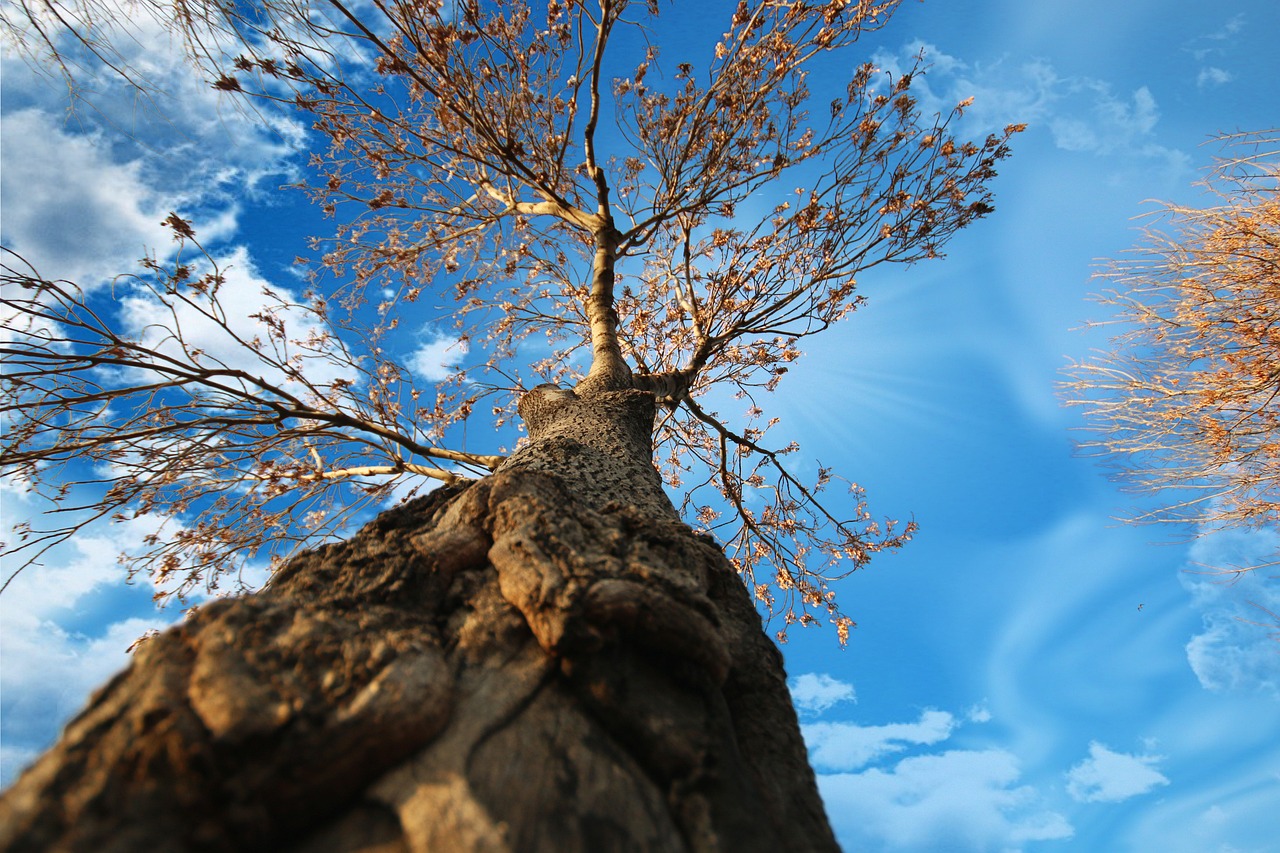
Benefits of Weathering Wood
Weathering wood is not just a trend; it’s a transformative process that offers a plethora of benefits for both aesthetic appeal and functional performance. Imagine walking into a room adorned with furniture that tells a story of age and character, or stepping onto a deck that feels like it has been part of the landscape for decades. The charm of weathered wood lies in its unique ability to blend with various styles, creating a warm and inviting atmosphere. But there’s more than just good looks at play here. Let’s dive into the multifaceted advantages of weathering wood.
One of the most significant benefits is the enhanced aesthetics that weathered wood brings to any project. The rich, textured surfaces and varied colors evoke a sense of nostalgia and authenticity that can elevate the visual appeal of furniture and architectural elements. Whether you’re looking to achieve a rustic farmhouse vibe or a modern industrial look, weathered wood can seamlessly fit into your design scheme. The beauty of this material is that it can be used in both indoor and outdoor applications, making it incredibly versatile.
Moreover, weathering wood is not just about looks; it can also improve durability. When wood undergoes weathering, it develops a natural resistance to environmental factors such as moisture and UV rays. This is particularly beneficial for outdoor furniture and structures, as it helps to protect the wood from rot, warping, and fading. In essence, weathering can extend the lifespan of wood, allowing you to enjoy its beauty and functionality for years to come. In fact, studies have shown that properly weathered wood can last significantly longer than untreated wood.
To illustrate the benefits of weathering wood, consider the following table:
| Benefit | Description |
|---|---|
| Enhanced Aesthetics | Creates a unique, rustic appearance that adds character to any space. |
| Improved Durability | Increases resistance to environmental damage, extending the lifespan of wood. |
| Versatility | Can be used in various applications, from furniture to architectural elements. |
In addition to aesthetics and durability, weathered wood can also contribute to sustainability. By using reclaimed or weathered wood, you’re making an eco-friendly choice that reduces the demand for new lumber. This practice not only helps conserve forests but also minimizes waste by giving new life to materials that might otherwise be discarded. So, when you choose weathered wood, you’re not just enhancing your space; you’re also making a positive impact on the environment.
Lastly, weathered wood has a unique ability to create a sense of place. It connects us to nature and history, reminding us of the passage of time and the beauty of imperfection. Each piece of weathered wood carries its own story, making it a conversation starter in any setting. Whether it’s a weathered beam in a cozy cabin or a reclaimed barn door in a trendy café, these elements invite curiosity and appreciation.
Q: What is the best way to weather wood?
A: The best method depends on your desired look. Chemical treatments, physical abrasion, and natural weathering are all effective techniques.
Q: Does weathered wood require special maintenance?
A: While weathered wood is generally low-maintenance, periodic cleaning and applying a protective finish can help maintain its appearance.
Q: Can I weather new wood to match existing weathered pieces?
A: Absolutely! Using techniques like staining, sanding, or chemical treatments can help new wood achieve a similar look to older, weathered pieces.
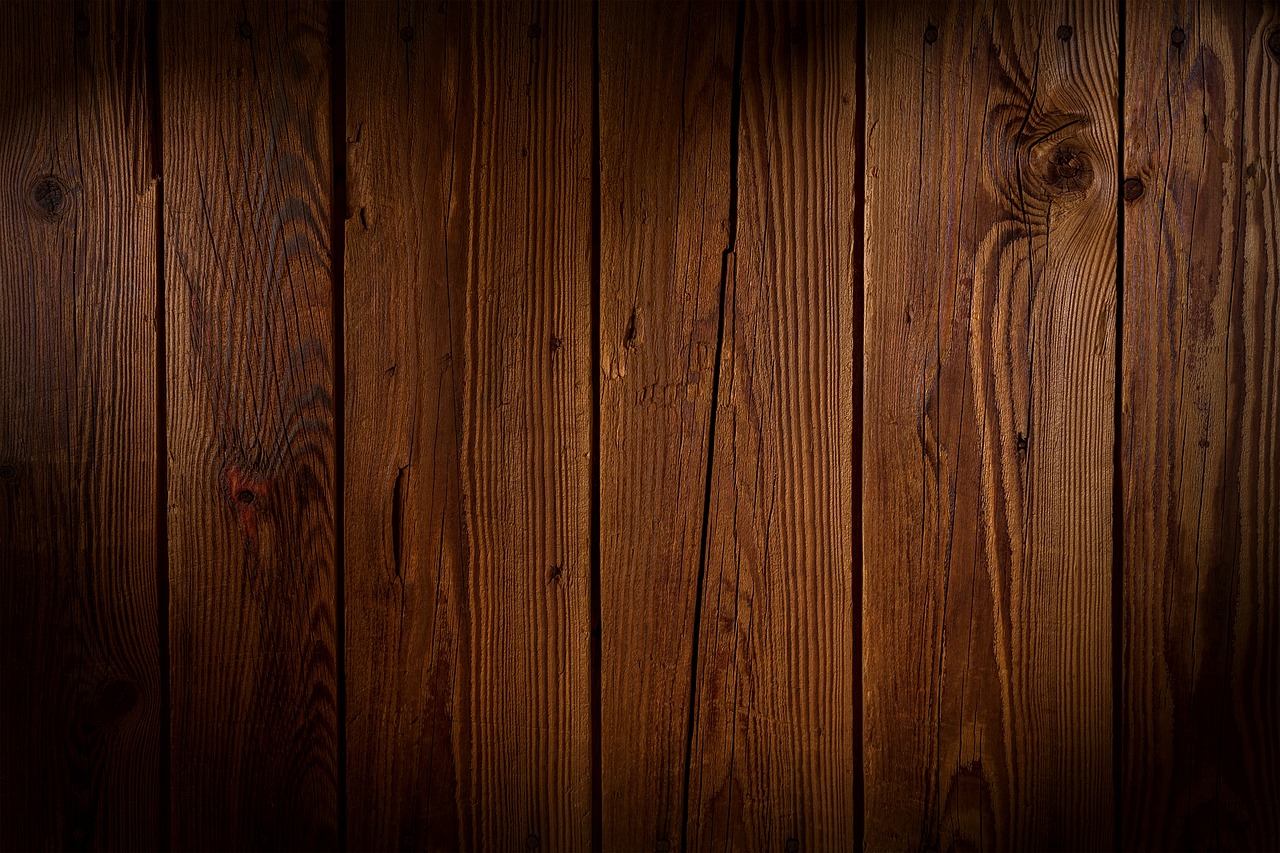
Enhancing Aesthetics
When it comes to woodworking, the aesthetic appeal of a piece can make all the difference. Weathered wood has a unique charm that captivates the eye and tells a story of time and nature. Imagine walking into a room with a stunning weathered oak table that boasts rich textures and colors, each scratch and groove adding character and depth. This aged appearance is not just about looks; it’s about creating an atmosphere that feels warm, inviting, and full of history.
One of the most enticing aspects of weathered wood is how it can seamlessly blend with various design styles. Whether you’re going for a rustic farmhouse vibe or a sleek, modern aesthetic, weathered wood can enhance your project in ways that new, polished wood simply cannot. For example, in a contemporary setting, a weathered wood accent wall can provide a striking contrast to sleek furniture and minimalist decor, adding a touch of warmth that balances the space beautifully.
Moreover, the versatility of weathered wood extends beyond just color and texture. The natural variations found in weathered materials create a one-of-a-kind look that mass-produced items lack. Each piece of weathered wood carries its own unique history, making every item special. This individuality is especially appealing to those who appreciate craftsmanship and the beauty of nature. You’ll find that many designers and homeowners are increasingly drawn to the idea of using reclaimed wood, not just for sustainability, but for the rich stories each piece can tell.
In addition to its visual appeal, weathered wood can evoke a sense of nostalgia. Think about the old barn doors you might have seen as a child or the wooden beams in a historic home. These elements remind us of simpler times and can bring a sense of comfort and familiarity into our modern lives. Incorporating weathered wood into your projects is like adding a piece of history that resonates with many people.
To further illustrate the impact of weathered wood on aesthetics, consider the following table that compares the visual characteristics of new wood versus weathered wood:
| Characteristic | New Wood | Weathered Wood |
|---|---|---|
| Color | Uniform, bright | Varied, muted tones |
| Texture | Smooth, polished | Rough, textured |
| Character | Standardized | Unique, full of stories |
| Age | Newly cut | Often decades or centuries old |
In conclusion, using weathered wood in your woodworking projects is not just about aesthetics; it’s about creating a connection to the past and enhancing the overall character of your designs. Whether you’re crafting furniture, building architectural features, or designing decorative elements, the beauty of weathered wood can elevate your work to new heights, making it not only visually stunning but also rich in history and emotion.
- What types of wood are best for weathering? Generally, hardwoods like oak, cedar, and pine are excellent choices for weathering due to their durability and natural beauty.
- How long does the weathering process take? The duration can vary significantly based on the method used. Natural weathering can take years, while artificial techniques can achieve results in days or weeks.
- Can I weather wood myself? Absolutely! Many techniques can be done at home, such as using vinegar and steel wool or applying heat. Just remember to follow safety guidelines.
- Is weathered wood suitable for outdoor use? Yes, weathered wood can be very durable outdoors, especially if treated properly to withstand the elements.
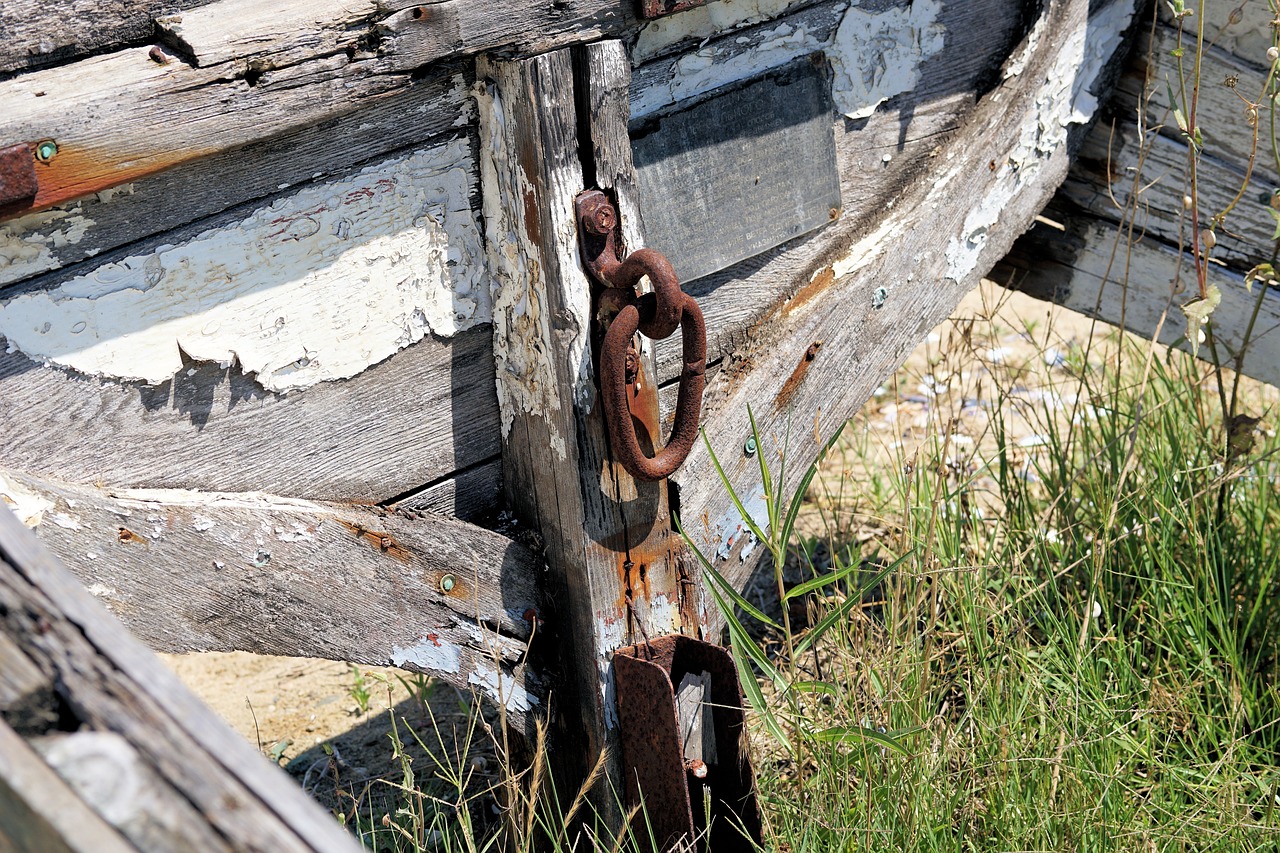
Improving Durability
When it comes to woodworking, durability is a key factor that can make or break the longevity of your projects. Weathering wood, surprisingly, plays a significant role in enhancing this durability. You might wonder how a process that makes wood look older can actually protect it. Well, let’s dive into the fascinating science behind it!
First off, weathering wood involves exposing it to various environmental elements, which actually helps to toughen up its surface. This exposure can include sunlight, rain, and even wind. Over time, these elements contribute to a natural patina that not only adds character but also creates a protective barrier against further damage. Think of it like a natural sunscreen for your wood! Just as our skin develops a tan to protect against UV rays, wood develops a weathered surface that helps fend off the elements.
Moreover, weathered wood tends to be less susceptible to pests and decay. The process of weathering can lead to the formation of natural oils and resins within the wood, which act as a deterrent to insects and fungi. For instance, cedar and redwood are known for their natural resistance to rot and insects, and weathering these types of wood can amplify these properties. Imagine having a beautiful deck or fence made of weathered cedar, where you not only enjoy the aesthetics but also the peace of mind that comes from knowing it’s protected against the elements!
Another fascinating aspect of weathered wood is its ability to expand and contract more gracefully than untreated wood. This is crucial for outdoor applications where temperature fluctuations can cause wood to warp or crack. Weathered wood, having already gone through the process of aging, often has a more stable structure, allowing it to withstand the rigors of changing weather conditions. So, whether it’s sweltering summer heat or frigid winter cold, your weathered wood remains steadfast.
In addition to these benefits, the weathering process can also enhance the wood's natural grain and texture, making it not only durable but visually appealing. This combination of beauty and strength is what makes weathered wood a favorite among builders and designers alike. You get the best of both worlds: a stunning aesthetic that draws the eye and a robust structure that stands the test of time.
To sum it all up, the durability of weathered wood is not just a happy accident; it’s a well-thought-out process that combines nature’s elements with woodworking techniques. Whether you’re crafting furniture, building a deck, or designing architectural features, incorporating weathered wood can significantly improve the lifespan and resilience of your projects. So, next time you’re considering materials for your woodworking venture, remember that the beauty of weathered wood isn’t just skin deep; it’s a testament to the power of nature and craftsmanship working hand in hand!
- What types of wood are best for weathering?
Hardwoods like oak, cedar, and redwood are excellent choices for weathering due to their natural oils and durability.
- Can I weather wood at home?
Absolutely! There are several techniques, including chemical treatments and physical abrasion, that you can use safely at home.
- How long does it take for wood to weather naturally?
Natural weathering can take several months to years, depending on environmental conditions. However, artificial methods can speed up the process significantly.
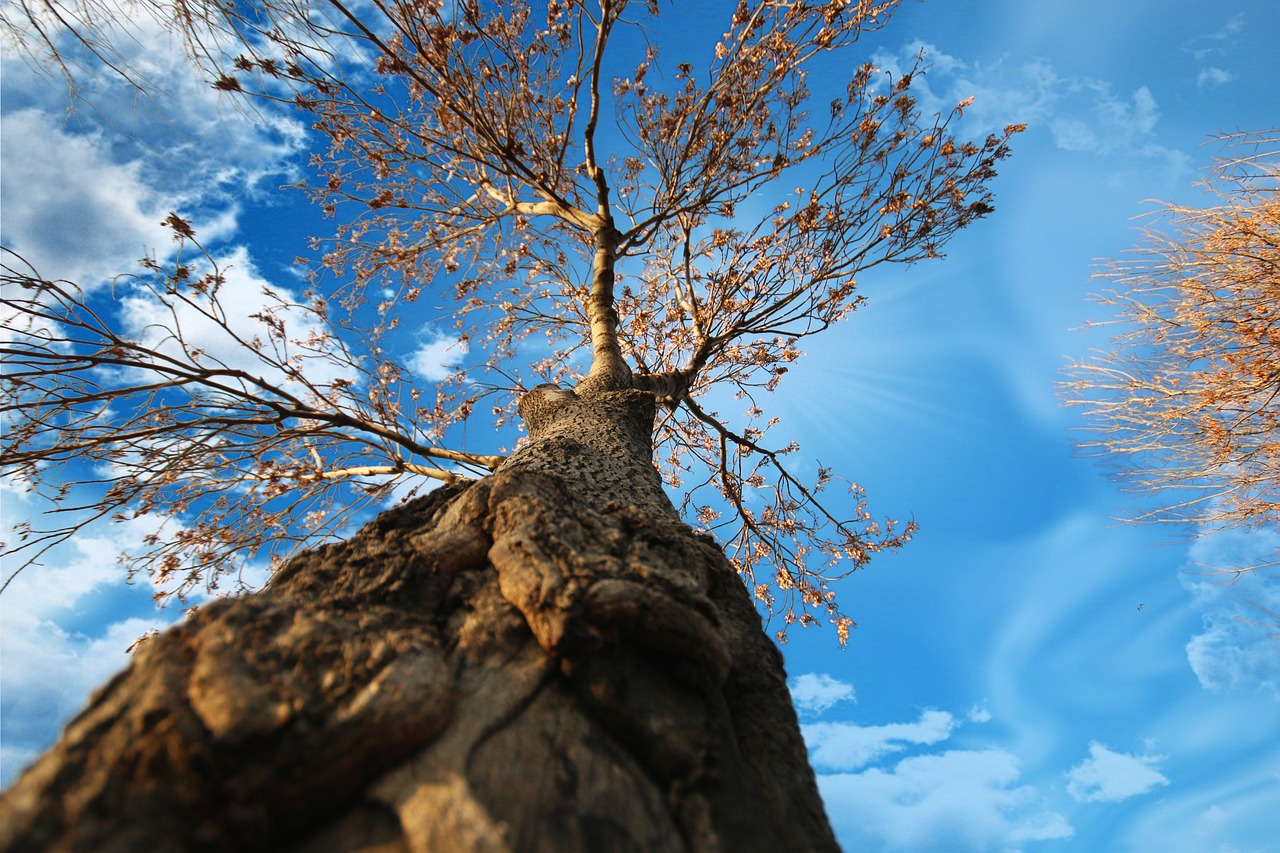
Applications of Weathered Wood
Weathered wood is not just a trend; it's a timeless choice that has found its way into various industries, showcasing its versatility and charm. From rustic furniture to stunning architectural features, the applications of weathered wood are as diverse as they are beautiful. Whether you're a DIY enthusiast or a professional craftsman, understanding where and how to use weathered wood can elevate your projects to new heights.
In the world of furniture making, weathered wood has become increasingly popular. Artisans and designers are embracing this natural aging process to create pieces that tell a story. Imagine a dining table made from reclaimed barn wood, complete with knots and imperfections that add character and warmth. Such pieces not only serve a functional purpose but also become conversation starters in any home. The unique textures and colors of weathered wood can complement both modern and rustic styles, making it a favorite among interior designers.
Moving beyond furniture, the architectural features of weathered wood are equally impressive. Architects often incorporate weathered wood into their designs to achieve a blend of aesthetic appeal and functionality. For instance, using weathered wood for exteriors can enhance a building's curb appeal while providing durability against environmental elements. Decking made from weathered wood not only looks stunning but also offers a slip-resistant surface, making it a practical choice for outdoor spaces.
Additionally, weathered wood finds its place in landscaping applications. Garden beds, fences, and outdoor furniture crafted from weathered wood can seamlessly blend into natural surroundings, creating a harmonious outdoor environment. The aged appearance of the wood can evoke a sense of tranquility, making it a perfect choice for gardens and parks. Not to mention, using reclaimed wood for landscaping reduces waste and promotes sustainability, which is a significant consideration for many eco-conscious consumers today.
| Application | Description | Benefits |
|---|---|---|
| Furniture Making | Crafting unique pieces from weathered wood. | Character, warmth, and conversation starters. |
| Architectural Features | Incorporating weathered wood in building designs. | Aesthetic appeal and enhanced durability. |
| Landscaping | Using weathered wood for garden beds and fences. | Natural look and sustainability benefits. |
In conclusion, the applications of weathered wood are vast and varied, offering something for everyone. Whether you're looking to add a rustic touch to your home or create a stunning outdoor space, weathered wood can help you achieve that goal. As we continue to embrace sustainability and the beauty of nature, the demand for weathered wood in various applications is only set to grow.
- What is weathered wood? Weathered wood refers to wood that has been aged naturally through exposure to environmental elements, resulting in a unique appearance and texture.
- Can I use weathered wood for outdoor projects? Yes, weathered wood is excellent for outdoor use due to its natural durability and resistance to elements.
- How can I achieve a weathered look on new wood? Techniques such as chemical treatments, physical abrasion, and staining can help you achieve a weathered appearance on new wood.
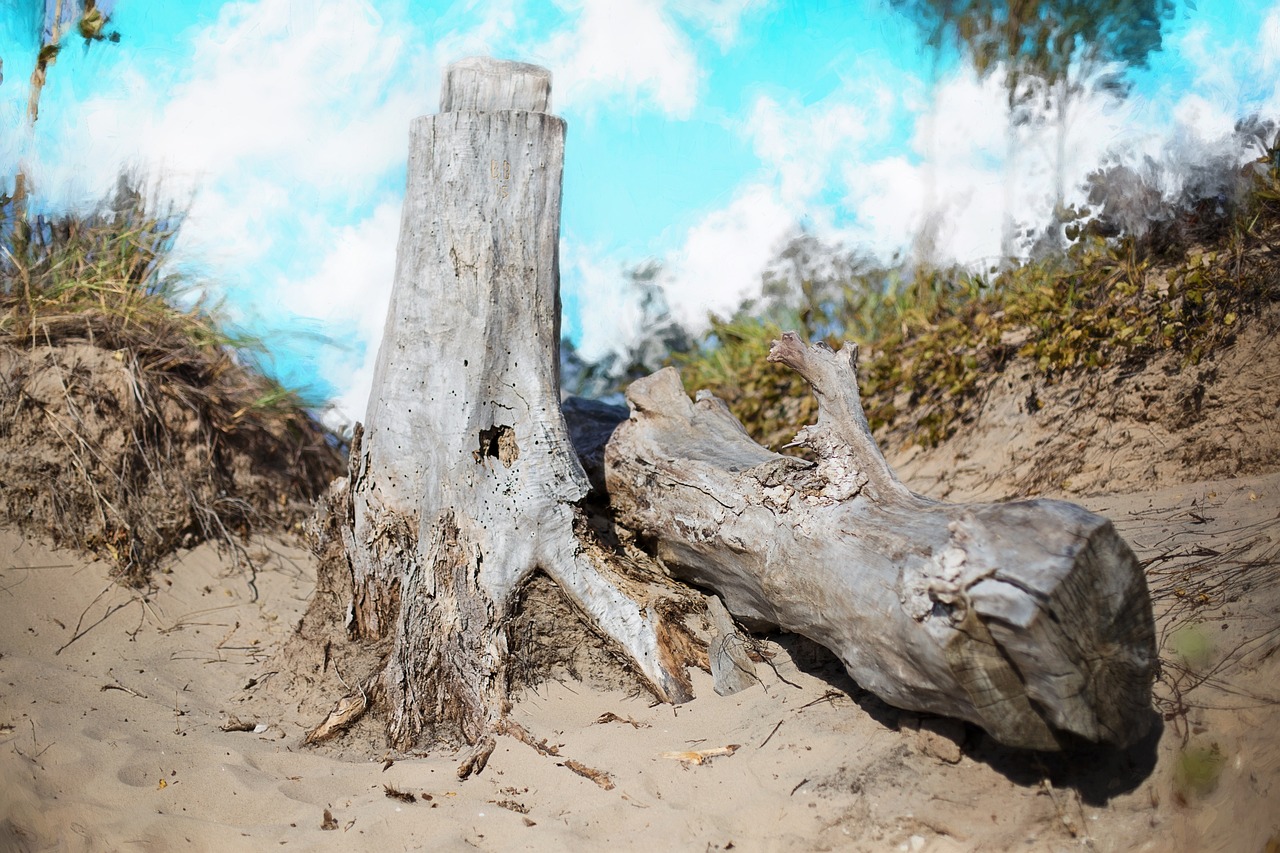
Furniture Making
When it comes to , the allure of weathered wood is hard to resist. Imagine walking into a room adorned with pieces that tell a story, each scratch and dent whispering tales of time and use. Weathered wood brings a unique charm and character to furniture that can’t be replicated by new materials. Craftsmen and designers alike are increasingly embracing this trend, recognizing that a weathered finish can transform ordinary pieces into extraordinary works of art.
In the world of furniture design, the contrast between the old and the new is a powerful aesthetic. Many artisans incorporate weathered wood into their creations, blending rustic elements with contemporary styles. This fusion not only enhances the visual appeal of the furniture but also creates a conversation starter for anyone who enters the space. Whether it's a reclaimed barn wood table or a set of chairs with a distressed finish, the use of weathered wood can evoke a sense of nostalgia and warmth.
Moreover, the versatility of weathered wood allows it to fit seamlessly into various design themes, from rustic farmhouse to modern industrial. Here are some popular applications:
- Dining Tables: A large, weathered wood dining table can serve as the centerpiece of a home, inviting family and friends to gather around.
- Accent Pieces: Small weathered wood items, like side tables or stools, add character without overwhelming the space.
- Storage Solutions: Weathered wood cabinets and shelves can provide both functionality and aesthetic appeal.
Additionally, weathered wood is not just about looks; it’s also about sustainability. Many furniture makers source reclaimed wood, giving new life to materials that would otherwise be discarded. This practice not only reduces waste but also contributes to a more eco-friendly approach to design. By choosing weathered wood, consumers can feel good about their choices, knowing they are supporting sustainable practices while enjoying beautiful, one-of-a-kind pieces.
In conclusion, the trend of using weathered wood in furniture making is more than just a passing fad; it’s a celebration of craftsmanship and a nod to the beauty of imperfection. Whether you're a seasoned designer or a DIY enthusiast, exploring the possibilities of weathered wood can lead to stunning creations that stand the test of time. So, why not take a step into the world of weathered wood? You might just find that it adds a touch of character and history to your next furniture project.
- What types of wood are best for weathering? Typically, softwoods like pine and cedar weather beautifully, but hardwoods like oak and maple can also achieve a stunning look.
- Can I weather wood myself? Absolutely! With the right techniques and tools, you can create a weathered look at home.
- How do I maintain weathered wood furniture? Regular dusting and occasional oiling can help maintain the beauty of weathered wood.
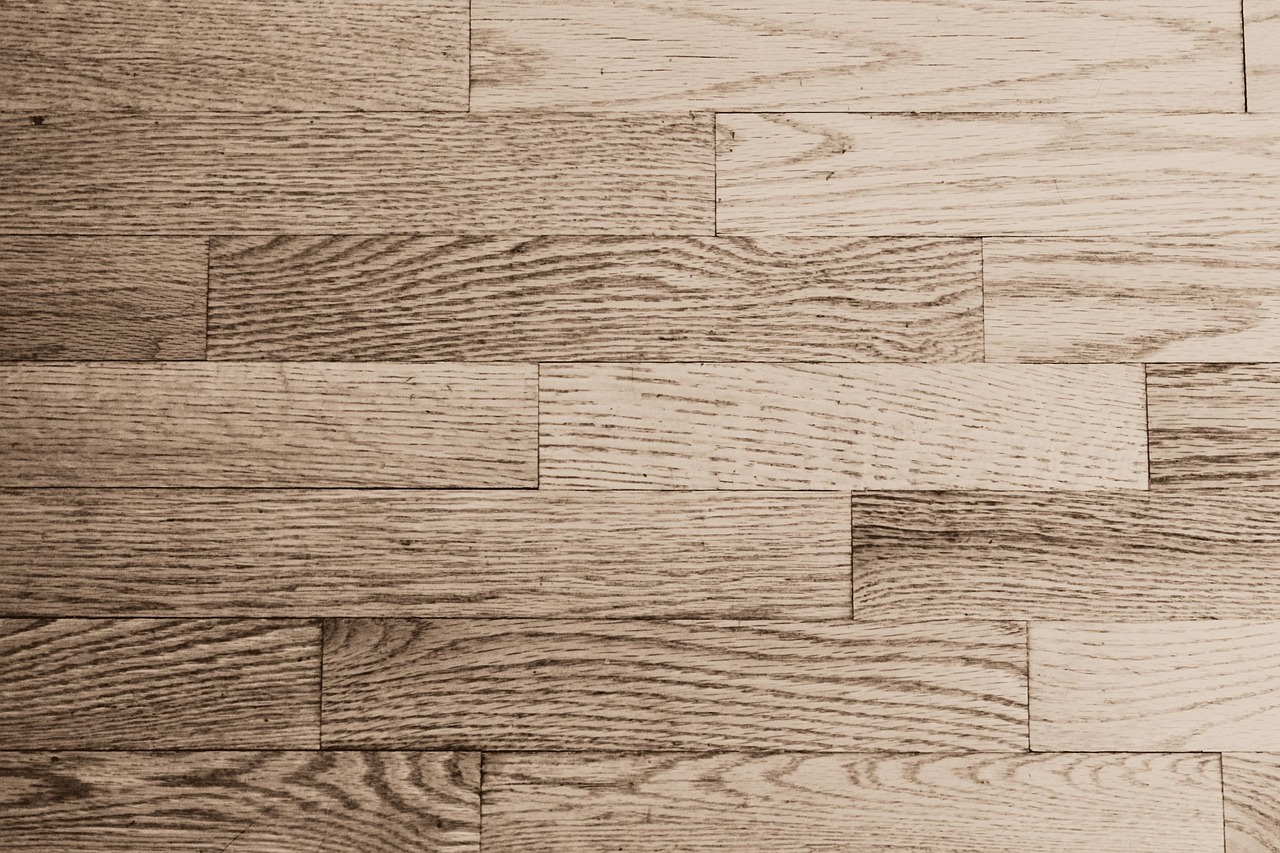
Architectural Features
In the world of architecture, the use of weathered wood is not just a trend; it's a statement. The rich textures and unique colors of aged wood can transform any structure into a masterpiece that resonates with character and history. Imagine walking into a home where the walls are adorned with beautifully weathered wooden beams, each telling a story of time and nature's elements. This is the magic of weathered wood in architectural features.
Architects are increasingly embracing weathered wood for both its aesthetic appeal and its practical benefits. From exteriors to interiors, weathered wood can serve multiple purposes:
- Visual Appeal: The natural patina and imperfections of weathered wood provide a rustic charm that modern materials often lack.
- Environmental Harmony: Using locally sourced, weathered wood can create a seamless blend between the building and its surroundings.
- Durability: Weathered wood can withstand the elements better than its untreated counterparts, making it a long-lasting choice for outdoor applications.
One of the most popular applications of weathered wood in architecture is in exterior cladding. Homes and commercial buildings alike benefit from the rugged look of weathered siding, which not only enhances the visual appeal but also provides protection against the elements. The natural oils in aged wood can help repel moisture, thus reducing the risk of rot and decay. Architects often choose weathered wood for decks and pergolas, where the material's resistance to weathering is an asset.
Inside a building, weathered wood can make a profound impact. Think of a cozy living room with a ceiling lined with reclaimed wooden beams, each one a testament to its past life. Such features create a warm, inviting atmosphere that makes any space feel like home. Additionally, weathered wood can be used for flooring, cabinetry, and even furniture, providing a cohesive design aesthetic that flows throughout the space.
Moreover, the use of weathered wood in architectural design is not just limited to residential spaces. In commercial architecture, restaurants and retail stores often utilize weathered wood to create a welcoming environment. This choice can evoke feelings of nostalgia and comfort, encouraging customers to linger longer and enjoy their experience.
In conclusion, the integration of weathered wood into architectural features reflects a deep appreciation for nature and craftsmanship. It allows architects to create spaces that are not only visually stunning but also rich in character and history. As we continue to explore sustainable building practices, the use of weathered wood will likely remain a beloved choice for many architects and designers.
- What is weathered wood? Weathered wood refers to timber that has aged naturally over time, developing a unique patina and texture.
- How does weathered wood benefit architecture? It enhances aesthetic appeal, provides durability, and creates a harmonious connection with the environment.
- Can weathered wood be used indoors? Absolutely! Weathered wood can be used for beams, flooring, cabinetry, and furniture to create a warm atmosphere.
- Is weathered wood sustainable? Yes, using reclaimed or locally sourced weathered wood supports sustainability and reduces the environmental impact.
Frequently Asked Questions
- What is weathering wood?
Weathering wood refers to the natural aging process that wood undergoes due to exposure to environmental factors like sunlight, moisture, and temperature changes. This process can give wood a unique, rustic appearance that many find appealing.
- What are some techniques to artificially weather wood?
There are several popular techniques to artificially weather wood, including chemical treatments, heat application, and physical abrasion. Each method can create different effects and can be tailored to achieve the desired look.
- Are chemical treatments safe for weathering wood?
Yes, but safety is crucial! When using chemical treatments to weather wood, it's important to follow safety guidelines, such as wearing gloves and masks, and ensuring proper ventilation. Always read the manufacturer's instructions for safe application.
- How does oxidation affect wood?
Oxidation is a common technique that can significantly change the color and texture of wood over time. It helps create a deeper, richer hue, making the wood appear more aged and weathered, which many people find desirable for their projects.
- Can staining enhance the weathered look of wood?
Absolutely! Using stains and dyes can enhance the natural beauty of weathered wood, allowing you to achieve a specific aesthetic. Choosing the right products can help you create a finish that looks authentic and appealing.
- What physical methods can be used for weathering wood?
Physical methods like sanding, wire brushing, and chipping can simulate natural wear and tear on wood. These techniques can create texture and character, making the wood look as if it has been weathered over many years.
- What are the benefits of using weathered wood?
Weathered wood offers both aesthetic and functional benefits. It can enhance the visual appeal of furniture and architectural elements while also improving durability, helping to protect the wood from environmental damage and extending its lifespan.
- In what applications is weathered wood commonly used?
Weathered wood is popular in various applications, including furniture making, architecture, and landscaping. Its versatility allows it to be used in both rustic and modern designs, adding charm and character to any project.
- How can I incorporate weathered wood into my furniture designs?
Many artisans incorporate weathered finishes into their furniture designs by using techniques like staining, sanding, or applying chemical treatments. This approach can create unique pieces that stand out and add character to any space.
- Is weathered wood suitable for outdoor use?
Yes, weathered wood can be very suitable for outdoor use, especially when treated properly. Weathering techniques can enhance the wood's durability and resistance to environmental factors, making it an excellent choice for outdoor furniture and structures.



















